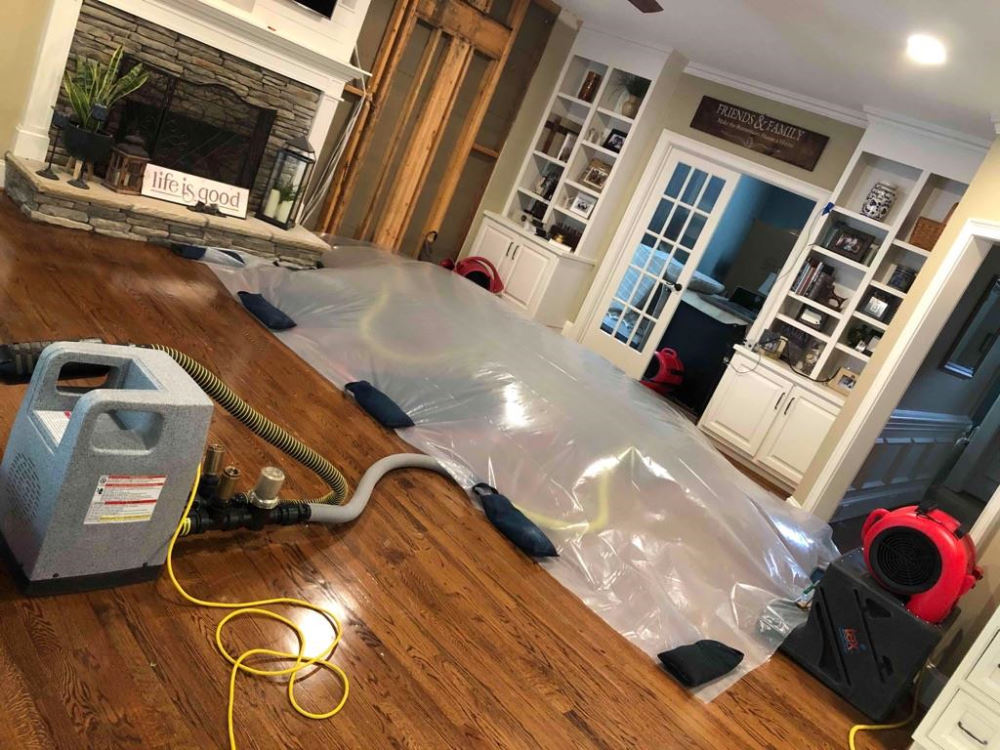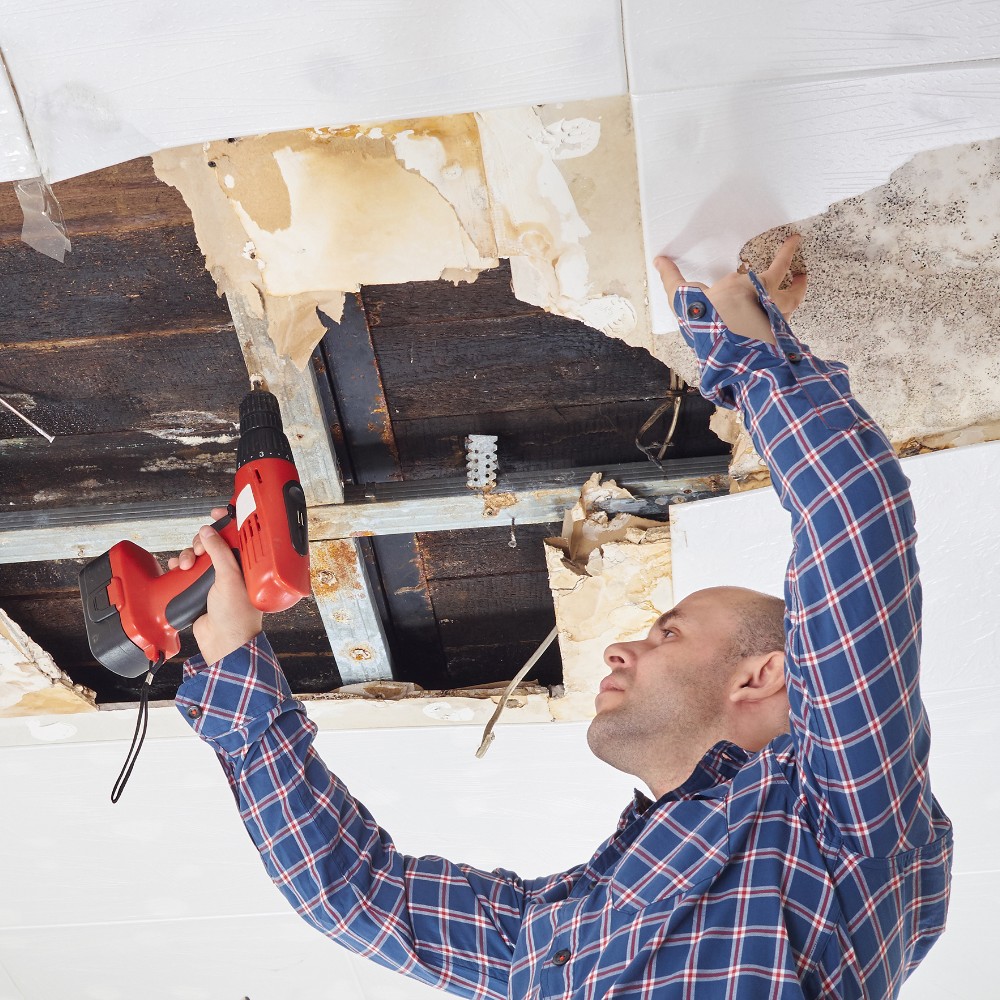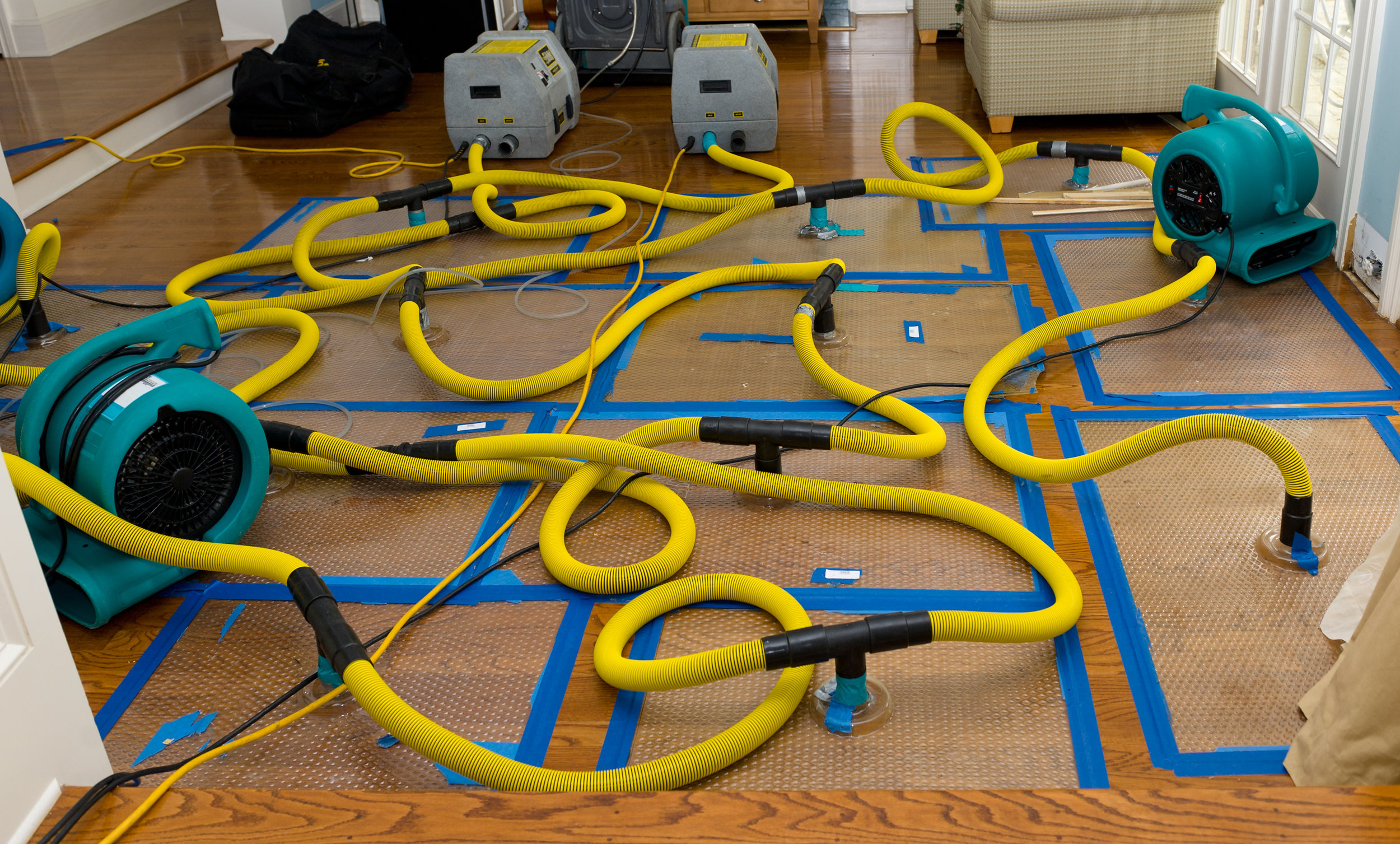Your Step-by-Step Emergency Plan for Smoke Damage Restoration at Home
Your Step-by-Step Emergency Plan for Smoke Damage Restoration at Home
Blog Article
Crucial Actions to Adhere To for Efficient Water Damage Reconstruction in Your Home
When confronted with water damages in your home, understanding the important actions for effective reconstruction can make all the distinction. You require to evaluate the damage and assurance safety and security prior to dealing with the trouble. Stopping the source of water is necessary, yet it's just the start. Once you have actually handled that, there's a collection of activities you need to require to shield your property from additional concerns. Allow's explore what you should do next.
Examine the Damage
When you uncover water damage in your house, the primary step is to evaluate the damages completely. Begin by recognizing the source of the water intrusion. Examine for leakages, ruptured pipelines, or other problems creating the trouble. Next, take a look at the impacted locations for noticeable signs of damage, consisting of discoloration, mold, or warping development. Don't forget to look in hidden areas like behind walls or under floor covering, as water can leak into these locations unnoticed.Document the damage by taking clear images and notes. When discussing the circumstance with your insurance coverage copyright or reconstruction specialists, this will assist you. Take note of the sort of products impacted, as various products call for different restoration approaches. Lastly, review the level of the damage. Is it small or extensive? Recognizing the scope will direct you in determining whether to manage it on your own or employ the experts for an extra considerable reconstruction process.

Make certain Safety
Prior to you start any kind of restoration work, ensuring your safety is important. Assess the condition of your home. If the water's deep or if you notice electrical dangers, do not get in the location. Shut off the electrical power and gas supply to stop mishaps. Put on protective equipment like handwear covers, masks, and boots to protect on your own from impurities or mold.It's essential to remain familiar with your surroundings; look for unsafe surfaces and sharp things. Treat it as harmful waste if the water is from a sewer back-up. Keep youngsters and pet dogs away from influenced areas to prevent exposure.Once you've taken these preventative measures, you can continue with the remediation procedure. Remember, your safety precedes, and if you're ever before unsure, it's ideal to get in touch with a specialist. Taking these actions will certainly aid ensure you prepare to deal with the remediation safely and properly.
Quit the Resource of Water
After guaranteeing your security, the next step is to quit the source of water. Determine where the leak is originating from. Maybe a ruptured pipe, a malfunctioning home appliance, or perhaps hefty rain getting in via a harmed roof. If it's a plumbing problem, shut off the main supply of water to your home to prevent more flooding. For devices, disconnect them and shut off their supply of water valves.If the resource is outdoors, like rain, try to divert it away from your home making use of sandbags or various other barriers. For minor leakages, you could be able to use tape or a sealer momentarily up until a specialist can fix it. Bear in mind, addressing the resource rapidly is crucial to lessening damage and protecting against mold and mildew development. Once you have actually stopped the water, you'll be in a better placement to carry on to the next action in the restoration procedure.

Eliminate Excess Water
Act quickly to eliminate excess water, as standing water can bring about more considerable damages and mold and mildew growth. First, gather your devices: a wet/dry vacuum cleaner, containers, and towels. You can utilize towels to soak up the wetness if the water is superficial. For deeper water, a wet/dry vacuum is your best choice. See to it to clear the vacuum frequently to prevent overflow.If the water is infected, like from a sewage back-up, put on protective gear, consisting of masks and handwear covers, to maintain yourself risk-free. As soon as you've eliminated as much water as feasible, examine for covert pockets of dampness in corners and under furniture, as these can harbor mold.Don' t neglect to shut off electrical home appliances and power electrical outlets in damp locations to avoid threats. This initial step is necessary in minimizing damage and setting the stage for an effective reconstruction process.
Dry and Dehumidify the Area
When you have actually gotten rid of the excess water, it's important to dry and dehumidify the area completely. Begin by utilizing dehumidifiers successfully to pull wetness out of the air and stop mold growth. Keep an eye on humidity levels to guarantee the space dries completely.
Remove Standing Water
To efficiently tackle water damage, you need to concentrate on getting rid of standing water as promptly as feasible. Beginning by collecting required devices, like a wet/dry vacuum cleaner or a pump, relying on the quantity of water. If the water is shallow, a vacuum needs to suffice. For bigger amounts, a pump is much more efficient. While working, ensure to put on safety gear to keep on your own risk-free from pollutants. As you remove the water, focus on hidden areas like under description furnishings or in corners where water might accumulate. Your room will certainly start to dry out when you have actually removed the majority. This step is important, as lingering water can cause mold development and a lot more substantial damage.
Usage Dehumidifiers Successfully
How can you properly utilize dehumidifiers to dry and evaporate your space? Begin by placing your dehumidifier in one of the most afflicted area, preferably where water damage is most extreme. Make sure to shut all windows and doors to create a covered environment. Transform on the dehumidifier and set it to the ideal humidity degree, typically around 30-50%. Vacant the water collection tank often, or take into consideration using a design with a continuous drain alternative for benefit. Ideally, use fans to boost airflow, aiding the dehumidifier work extra efficiently. Keep the dehumidifier running till you're confident that the area is extensively dried out, stopping mold growth and extra damages (Water Damage Repair). This action is important for reliable water damages restoration
Screen Moisture Degrees
Monitoring humidity levels is necessary throughout visit our website the drying out procedure, as it helps assure your space stays cost-free from excess moisture. Buy a trustworthy hygrometer to track moisture properly. Preferably, you desire to preserve degrees in between 30% and 50%. You may need to adjust your dehumidifiers or fans to enhance airflow if humidity readings rise above this variety. Inspect the readings frequently, particularly in areas vulnerable to wetness, like washrooms or cellars. Consider raising air flow or utilizing additional dehumidifiers if you notice consistent high humidity. Staying on top of these degrees not just accelerates the drying procedure however also prevents mold and mildew development, ensuring your home remains comfy and safe.
Tidy and Disinfect Affected Surfaces

Recover and Repair Your Home
After cleaning and sanitizing the impacted areas, it's time to recover and repair your home. Begin by evaluating the damages. Inspect for structural problems, like compromised wall surfaces or floors, and resolve any type of necessary repairs. Changing damaged drywall or floor covering is important for both aesthetic appeals and safety.If your furniture or personal belongings were affected, take into consideration whether they can be salvaged or require replacement. Tidy or expertly recover items where possible.Next, touch and repaint wall surfaces up any locations that need attention. This not only improves look however also secures surfaces from future water damage.Don' t fail to remember to examine your plumbing and home appliances for leakages, guaranteeing whatever's operating correctly. Ultimately, consider installing a dehumidifier to avoid future dampness issues. By taking these actions, you'll recover your home to its previous magnificence and develop a more secure living environment.
Frequently Asked Concerns
The Length Of Time Does Water Damages Restoration Usually Take?
Water damages remediation generally takes anywhere from a couple of days to a number of weeks, relying on the level of the damages (Smoke Damage Restoration). You'll wish to assess the situation swiftly to minimize further complications and guarantee proper restoration
Will My Insurance Cover Water Damage Restoration Prices?
Your insurance may cover water damage restoration costs, yet it relies on your plan. Inspect your protection details and call your insurance policy representative to clarify what's consisted of and what you need to sue.
Can I Take Care Of Water Damages Repair Myself?
You can deal with water damage reconstruction on your own, but it's important to assess the scenario initially. If it's considerable, you may intend to call specialists. Constantly prioritize safety and assure you have actually got the right devices.
What Are the Indications of Hidden Water Damages?
You may see indications of hidden water damages like warped wall surfaces, moldy smells, or discoloration. If your floorings feel squishy or you area mold and mildew, it's time to examine further before the situation worsens.
Exactly How Can I Protect Against Future Water Damage in My Home?
To stop future water damages in your house, you ought to on a regular basis check pipes, seal cracks, preserve seamless gutters, and guarantee proper drain. Setting up a sump pump and dampness obstacles can likewise help keep your room completely dry. When you uncover water damage in your home, the first step is to evaluate the damages completely. Act promptly to remove excess water, as standing water can lead to much more substantial damages and mold and mildew development. To properly take on water damages, you require to focus on eliminating standing water as rapidly as possible. As you eliminate the water, pay attention to concealed areas like under furnishings or in edges where water may accumulate. Water damage repair commonly takes anywhere from a couple of days to numerous weeks, depending on the level of the damages.
Report this page